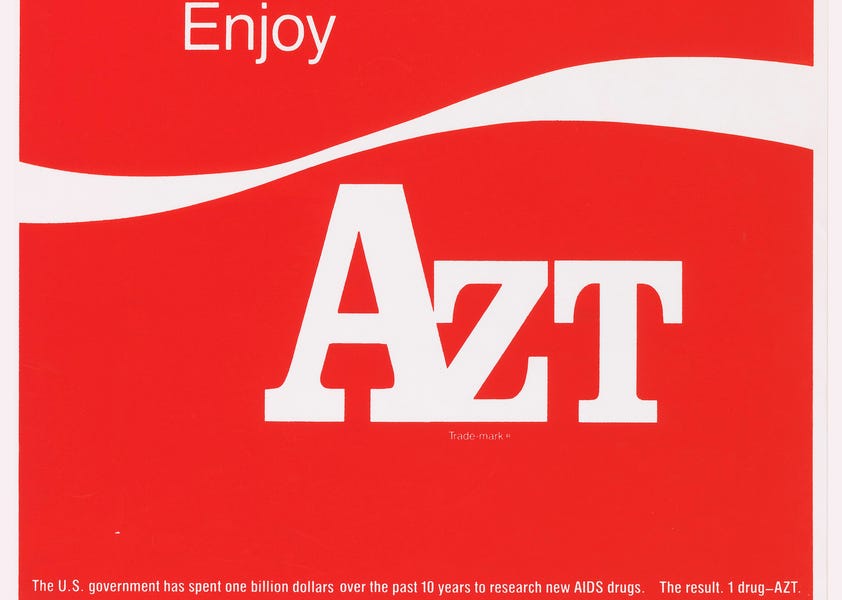It's getting harder to find work in the United States. U.S. businesses added just 22,000 jobs from July to August, according to the Bureau of Labor Statistics, and massive revisions to federal jobs data show that the pace of hiring was notably low in summer 2025.
"Gone are the days of 200,000 jobs every month," said Gregory Daco, chief economist at consulting firm EY-Parthenon. "We're likely to be in an environment where job growth is hovering around zero, essentially."
Experts said the slowdown in hiring is most potent for younger workers. That cohort is also entering the job market as companies experiment with artificial intelligence. The confluence of this technology and a rapidly evolving policy environment in Washington are limiting options for many people early in their careers.
"If we think about how AI models are trained, they just learn from the textbook knowledge or well-written information. Those are what the entry-level workers are good at," said Ruyu Chen, a researcher at Stanford.
Software developer roles for workers in their 20s are down sharply since 2022, according to a Stanford study on the employment effects of artificial intelligence. Young marketing and sales managers are having trouble getting hired as well. That said, younger workers are finding jobs in health care and retail at a relatively fast pace, according to the latest BLS employment situation report.
"But there is increased evidence that over the next six months, there might be more weakness out of these two sectors as well," said Daco.
Experts said businesses are cautious about hiring as they process evolving federal policies on taxes, tariffs and immigration.
"They're willing to deal with the uncertainty, but they need to react to that. So part of that is just being very prudent about who they're hiring," Wells Fargo CEO Charles Scharf said on "Squawk Box" on Sept. 10.
The Federal Reserve reduced its target for the federal funds interest rate by 25 basis points at its September meeting. The central bank warned of potential downside risks to jobs in the U.S. over the summer as federal data revealed a sharp slowdown in hiring.
Lower interest rates could motivate businesses to hire more workers. With the September rate cut, the Federal Reserve is moving toward a more neutral monetary policy stance, which could help the labor market, marginally. At the same time, the Fed cut rates while personal consumption expenditures, or PCE, inflation remained at 2.59%, which is above the Fed's target rate of 2%.
"We also have to look at this in the context of an economy that is more supply shock-driven," said Kevin Gordon, a senior investment strategist at Charles Schwab. "And when you have more supply shock-driven environment, the Federal Reserve or any central bank just has less power in being able to combat inflation and also being able to help the labor market."
Watch the video above to learn why jobs are disappearing in the United States.
.png)


